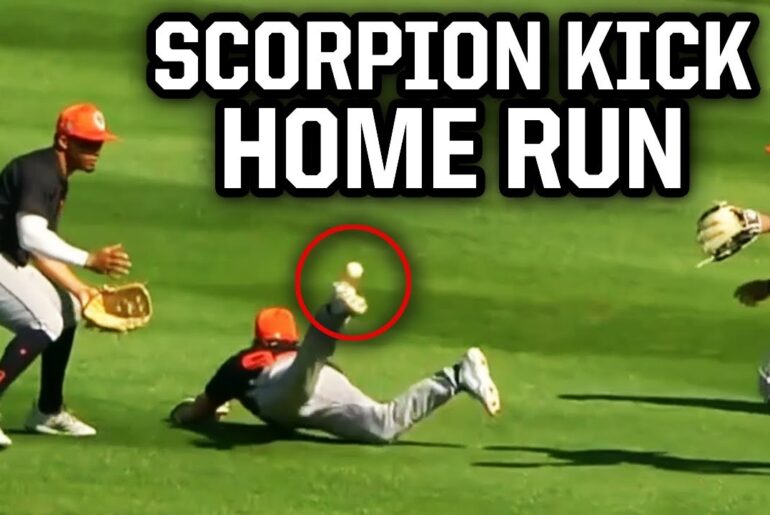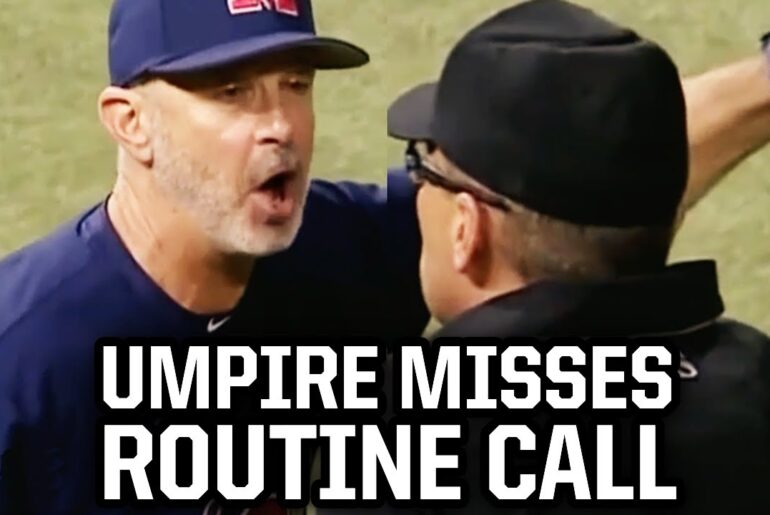Baseball, a sport filled with intricate strategies and moments of excitement, often involves plays that can drastically affect the outcome of a game. One such play is the “hit and run,” a tactic employed by teams to advance base runners and put pressure on the opposing defense. In this article, we’ll delve into the world of baseball’s hit and run strategy, using a recent game involving the Baltimore Orioles to illustrate its nuances.
The Setting: Orioles vs. Rangers
In a recent game between the Baltimore Orioles and the Texas Rangers, tension was high as the Orioles trailed by a single run. Gunnar Henderson, a rookie sensation and potential future star, stood on first base, representing the tying run. The crowd was electrified, and excitement was palpable among the Orioles’ faithful.
The Hit and Run Attempt
As the game’s pivotal moment arrived, the Orioles decided to execute the hit and run strategy. The batter, Hicks, faced a 98-mph pitch. The count was 0-0, and the Orioles were poised to strike.
– The First Pitch: The initial pitch spiked at 98 mph, seemingly giving the Orioles the upper hand.
– Reading the Signs: Henderson, stationed on first base, carefully studied the signs, knowing he would soon be in motion.
– The Missed Opportunity: Hicks swung at the pitch, which was a 98-mph fastball, but it was slightly inside. It was a pitch that he wished he could have back, as it was a prime opportunity.
– Hicks and the Third Base Coach: After the first pitch, Hicks and the third base coach engaged in a strategic exchange, deciphering the signs and plans for the play.
– Gunnar Henderson’s Bold Move: Henderson, having decoded the signs, prepared to steal second base as the Rangers’ pitcher made his move.
– Caught in the Act: However, things did not go as planned. Henderson was thrown out at second base, and confusion and frustration reigned on the Orioles’ side.
The Outcome
With Henderson caught stealing, Hicks, wearing a dejected expression, returned to the dugout. The following pitch resulted in a strikeout, leaving the Orioles with a missed opportunity. To cap off the disappointment, the next batter grounded out, sealing their fate in the game.
Post-Game Analysis
Following the game, Orioles manager Hyde addressed the hit and run attempt:
– Miscommunication: Hyde clarified that the failed play in the ninth inning was due to a miscommunication rather than a steal or a hit and run.
– Running Team: The Orioles, known for their aggressive baserunning, often put runners in motion when the count is full, particularly with runners like Rushman and Henderson on first base.
– Generating Offense: To generate offense, the Orioles utilize tactics like the hit and run, as they don’t rely heavily on home runs.
– Rare Strategy: Hyde admitted that the Orioles don’t frequently employ the hit and run unless the count is full, and it’s a strategy they’ve successfully executed before.
The Rarity of Hit and Runs
Digging deeper into the data, we found that hit and run plays are becoming increasingly rare in baseball. However, teams that do use this strategy typically do so when the count is full, maximizing their chances of success. For the Orioles, this tactic had proven effective, but it was only frequently employed when the count was in their favor.
Conclusion
Baseball’s hit and run strategy, while less common in the modern game, can still be a game-changer when executed effectively. The Baltimore Orioles, a team known for their aggressive baserunning, rely on this tactic to generate offense. However, it’s crucial for both the batter and the baserunner to be in sync to make it work. In this particular game, a miscommunication cost them a crucial opportunity to tie the score, highlighting the fine margins upon which baseball games can turn.



